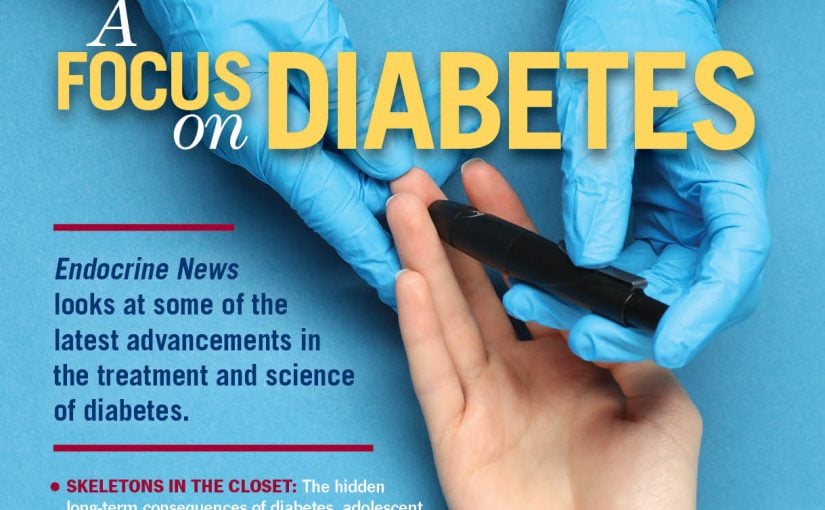Endocrine-disrupting chemicals (EDCs) in plastics pose a serious threat to public health and cost the U.S. an estimated $250 billion in increased healthcare costs in 2018, according to new research published in the Journal of the Endocrine Society.
Plastics contain many hazardous, endocrine-disrupting chemicals that leach and contaminate humans and the environment. These chemicals disturb the body’s hormone systems and can cause cancer, diabetes, reproductive disorders, neurological impairments of developing fetuses and children, and death.
Potential options under discussion as part of a Global Plastics Treaty include interventions to reduce EDC exposure to protect public health and the environment, and data on the health costs of EDCs could help move this initiative forward.
“Our study found plastics contribute substantially to disease and associated social costs in the U.S., about $250 billion in 2018 alone. These costs are equivalent to 1.22% of the Gross Domestic Product. The diseases due to plastics run the entire life course from preterm birth to obesity, heart disease and cancers,” says study author Leonardo Trasande, MD, MPP, of NYU Grossman School of Medicine and NYU Wagner Graduate School of Public Service in New York, N.Y. Trasande has represented the Society at intergovernmental meetings to address plastic pollution and its health effects.
“Our study drives home the need to address chemicals used in plastic materials as part of the Global Plastics Treaty,” Trasande says. “Actions through the Global Plastics Treaty and other policy initiatives will reduce these costs in proportion to the actual reductions in chemical exposures achieved.”
The researchers analyzed existing studies on EDCs to identify how many diseases and disabilities were attributed to chemicals in plastics. The chemicals they studied commonly found in plastics included polybrominated diphenyl ethers (PBDE), phthalates, bisphenols, and poly- and perfluoroalkyl substances (PFAS).
The researchers updated previously published data on disease burden and cost estimates for these chemicals in the United States to 2018. They combined the data and estimated $250 billion in disease burden from plastic exposure in 2018.
“This study shows that preventing plastic pollution can reduce the incidence of disease, disability and early death, and its attendant human suffering and health care costs,” says co-author Michael Belliveau, Executive Director of Defend Our Health based in Portland, Maine. “Policymakers and market leaders must detoxify and slash the use of petrochemical plastics and endocrine-disrupting chemicals. We urge negotiators to finalize a Global Plastics Treaty that caps and reduces plastic production and eliminate EDCs as plastics additives.”
Most of the cost burden was from polybrominated diphenyl ethers (PBDE) exposure which is associated with diseases such as cancer. Sixty-seven billion in health costs was due to phthalate exposure which is linked to preterm birth, reduced sperm count and childhood obesity, and $22 billion was due to PFAS exposure which is associated with kidney failure and gestational diabetes.
The other authors of this study are Roopa Krithivasan of Defend Our Health; Kevin Park of NYU Grossman School of Medicine; and Vladislav Obsekov of Children’s Hospital of Philadelphia in Philadelphia, Pa.
The study was funded by the National Institutes of Health’s National Institute of Environmental Health Sciences and The Passport Foundation.
The manuscript, “Chemicals Used in Plastic Materials: An Estimate of the Attributable Disease Burden and Costs in the US,” was published online.

